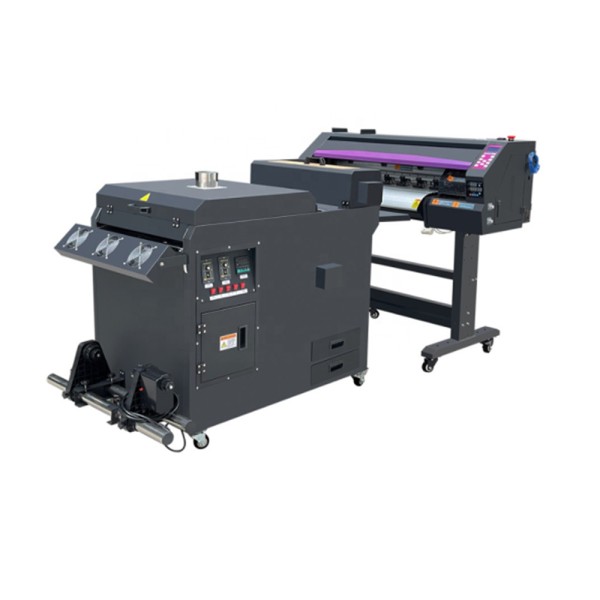DTF Printing Mastery: Boost Your Textile Creations with Direct-to-Film Modern Technology
DTF Printing Mastery: Boost Your Textile Creations with Direct-to-Film Modern Technology
Blog Article
Ultimate Guide to DTF Printing Methods for Stunning Textile Styles
Starting the journey of mastering DTF printing methods can open a globe of opportunities for creating visually captivating textile designs. As the textile market remains to progress, remaining in advance of the contour with cutting-edge printing methods is important. In this guide, we will check out the complex information of DTF printing, from grasping the basic basics to unraveling advanced shade strategies that can boost your designs to brand-new heights. Remain tuned as we explore the nuances of choosing the best products, developing the printing process, and conquering common challenges to achieve spectacular results.
Understanding DTF Printing Essentials
DTF printing, a procedure that involves moving styles from a special movie to textiles utilizing warmth and pressure, forms the structure of textile printing strategies. This ingenious method permits high-quality, vivid styles to be seamlessly moved onto various textiles with precision and information. The very first action in DTF printing includes developing or choosing a layout that will be published onto the textile. This layout is then published onto a special movie making use of a DTF printer, which utilizes details dyes or pigments to make sure color accuracy and durability.
The final result is a spectacular, lasting textile style that is washable, versatile, and resistant to fading. In general, comprehending the fundamentals of DTF printing is necessary for understanding this modern-day fabric printing method.
Selecting the Right Textile Materials
Having developed the fundamental concepts of DTF printing strategies for fabric styles, the next essential factor to consider depends on selecting the ideal fabric products to match this ingenious process effectively. The success of a DTF print largely relies on the compatibility in between the selected material and the printing technique. When picking fabric materials for DTF printing, it is necessary to consider the fabric's make-up, weave, and structure. Fabrics that work well with DTF printing include polyester blends, spandex, nylon, and various other synthetic materials. These textiles normally have a smooth surface that allows for vivid and in-depth prints. In addition, the stretchability of these materials can accommodate the warmth transfer process associated with DTF printing without misshaping the design. It is suggested to prevent natural fibers such as cotton or silk, as they might not yield the very same level of print quality and durability. By choosing the right fabric materials, designers can make best use of the capacity of DTF printing to develop resilient and spectacular fabric designs.

Mastering the Printing Process
To stand out in look at here DTF printing techniques for fabric styles, mastering the printing procedure is vital for achieving premium and consistent outcomes. The temperature, stress, and duration of warm application must be meticulously managed to ensure appropriate adhesion of the style to the fabric. By refining each of these actions in the printing process, developers can regularly generate resilient and magnificent textile styles with DTF printing strategies.
Enhancing Designs With Shade Methods

Additionally, trying out color gradients can bring a sense of movement and fluidness to the layout. By mixing shades flawlessly, a slope result can be attained, including a vibrant and contemporary touch to the textile design. Additionally, utilizing color obstructing strategies can develop strong and striking visuals by juxtaposing different strong shades in unique sections of the design.
In addition, integrating metallic or neon shades can supply a distinct and appealing component to the textile layout, making it stand apart and exude a feeling of vibrancy. When tactically applied, these shade techniques can boost the general visual charm of fabric styles, making them more exciting and unforgettable.
Troubleshooting Common DTF Printing Issues
After exploring various color strategies to boost fabric layouts, it is crucial to resolve usual DTF printing concerns that might develop during the production process. Additionally, concerns with photo quality and intensity can happen due to low-resolution pictures or improper printing techniques. By being mindful of these usual issues and executing the required troubleshooting steps, you can boost the total high quality of your DTF printed fabric layouts.
Final Thought
In conclusion, understanding DTF printing techniques is crucial for producing magnificent textile layouts. With practice and interest to information, one can create attractive and distinct fabric designs utilizing DTF printing strategies.
)))))
DTF printing, a process that involves transferring layouts from an unique film to textiles making use of heat and pressure, develops the structure of textile printing methods.Having actually developed the foundational principles of try this website DTF printing strategies for fabric designs, the next important factor to consider lies in choosing the ideal fabric that site materials to complement this ingenious procedure properly. By selecting the best textile products, developers can make the most of the capacity of DTF printing to produce long-lasting and spectacular textile styles.
To stand out in DTF printing methods for fabric designs, grasping the printing procedure is crucial for achieving consistent and high-grade results. DTF Printing. By sharpening each of these steps in the printing procedure, developers can constantly produce resilient and spectacular textile layouts with DTF printing methods
Report this page